The Mood in the Machine: Anxiety, Automation, and Ambition
It’s 2025, and the buzz around AI isn’t fading—it’s accelerating. Software engineers, once the builders of digital change, now find themselves at the center of a seismic shift, fueled by large language models (LLMs), generative AI, and automation.
But behind the LinkedIn posts about certifications, GPT integrations, and AI-powered IDEs, something more human is bubbling: anxiety.
From tech layoffs to the fear of becoming obsolete, today’s engineers are facing a quiet crisis:
“If AI can code better, faster, and cheaper—what’s left for me?”
This new reality is driving millions of developers to upskill in AI, but not out of curiosity—out of survival. And for many, the process is exciting but mentally exhausting.
💻 Why Engineers Are Rushing to Upskill in AI
In 2023–2024 alone, companies like Google, Amazon, and Meta laid off tens of thousands, citing restructuring and AI automation. The message was clear:
“Adapt to AI—or get left behind.”
👨💻 Top Reasons for AI Upskilling:
- Job security in an increasingly automated market
- Career growth via AI-augmented tools and roles
- Relevance in modern development pipelines (e.g., CoPilot, Tabnine, GPT APIs)
- New roles in ML Ops, prompt engineering, and AI ethics
- Freelance edge in building lightweight, AI-powered apps faster
A 2024 Stack Overflow survey found that 73% of developers were learning AI tools, with nearly 48% citing job anxiety as a motivator.
📈 What AI Skills Are Engineers Learning?
It’s not just about machine learning theory anymore. Engineers are turning to practical, applied AI skills they can quickly use in real-world workflows.
🧠 Most Popular AI Upskilling Areas:
| Skill Area | Description |
|---|---|
| Prompt Engineering | Writing effective prompts for LLMs like GPT-4 or Claude |
| LLM Integration | Using OpenAI or Hugging Face APIs in apps |
| LangChain/RAG | Building AI agents with custom data |
| AutoML | Simplifying model training pipelines |
| AI-assisted coding | Mastering GitHub Copilot or Amazon CodeWhisperer |
| ML DevOps | Deploying models into production pipelines |
Engineers are also embracing low-code AI platforms like Peltarion, Microsoft Synapse, and Google’s Vertex AI to build smarter systems faster.
😰 But Upskilling Comes at a Psychological Cost
Despite the career benefits, many engineers report rising stress, imposter syndrome, and burnout during their upskilling journeys.
⚠️ Common Mental Health Symptoms:
- Fear of obsolescence (“AI will take my job”)
- Overwhelm from the fast-paced AI learning curve
- Isolation, especially in remote or gig work setups
- Imposter syndrome in AI communities that feel elitist
- Burnout from working + studying without downtime
A recent report by the Developer Burnout Index (DBI) found:
61% of software engineers upskilling in AI reported elevated anxiety levels, citing “fear of falling behind” as a primary cause.
This is especially acute among mid-career engineers who fear being replaced by younger, more AI-native coders.
🤔 Did You Know?
In 2023, Google launched “Blue Dot,” an internal mental health hotline specifically for AI-automation anxiety among employees.
It saw a 260% spike in calls from developers worried about role redundancy due to internal LLM deployments.
🧘 How Engineers Can Upskill Without Burning Out
Upskilling doesn’t have to mean self-erasure. With mindful strategies, engineers can ride the AI wave without drowning in it.
✅ Healthy Approaches to AI Upskilling:
- Set learning boundaries: Limit AI learning to 30–60 min/day to avoid burnout
- Focus on applied projects: Learn by building, not just watching tutorials
- Join peer learning groups: Avoid isolation; connect with others at similar stages
- Mix soft + hard skills: Balance technical growth with communication, leadership, ethics
- Accept partial mastery: AI is evolving—perfection is impossible
- Speak with a therapist or coach: Normalize tech-related mental health conversations
Even companies like Atlassian and Salesforce now offer AI upskilling stipends + mental wellness programs to help staff manage the dual load.
🧭 The New Engineer: Human-Centered, AI-Augmented
The best engineers in 2030 won’t be the ones who replaced AI—or were replaced by it.
They’ll be the ones who co-evolved with it.
This means developing:
- AI fluency + domain creativity
- Strategic judgment + emotional intelligence
- Collaboration with both humans and machines
It’s no longer about “learning to beat AI.” It’s about learning how to work with AI in deeply human ways.
📍India’s Perspective: The Emerging Epicenter of AI Talent
In India—home to over 5 million developers—AI anxiety is both urgent and transformative.
- Platforms like Scaler, Great Learning, and IIT Madras’s AI4India are booming
- ISRO and DRDO are investing in AI-satellite and defense upskilling
- Startups in Bengaluru and Hyderabad are launching AI bootcamps for software professionals, often bundled with mental health counseling or peer coaching
- The Ministry of Electronics and IT (MeitY) has launched “Responsible AI for Youth” for early intervention
India could lead not just in AI implementation, but also in holistic AI education models that protect mental health.
🔮 What’s Next?
As AI becomes the default across dev stacks—from IDEs to deployment—engineers will have to:
- Embrace lifelong learning as the new norm
- Understand AI’s black box nature without fearing it
- Build AI-literate teams where human oversight matters
- Prioritize mental resilience as much as coding speed
Governments, companies, and communities must acknowledge the hidden mental health costs of AI adaptation—and support developers not just as resources, but as people in transition.
🧠 Conclusion: Don’t Just Upskill—Uplift
Upskilling in AI is no longer optional—it’s essential. But for software engineers, the real skill isn’t learning new tools.
It’s learning how to stay human in a machine-driven world.
The anxiety is real, but so is the opportunity. With the right balance, developers can transform anxiety into agency, and fear into fluency.
AI isn’t just reshaping code—it’s reshaping careers, minds, and meaning. Let’s make that transformation a conscious one.

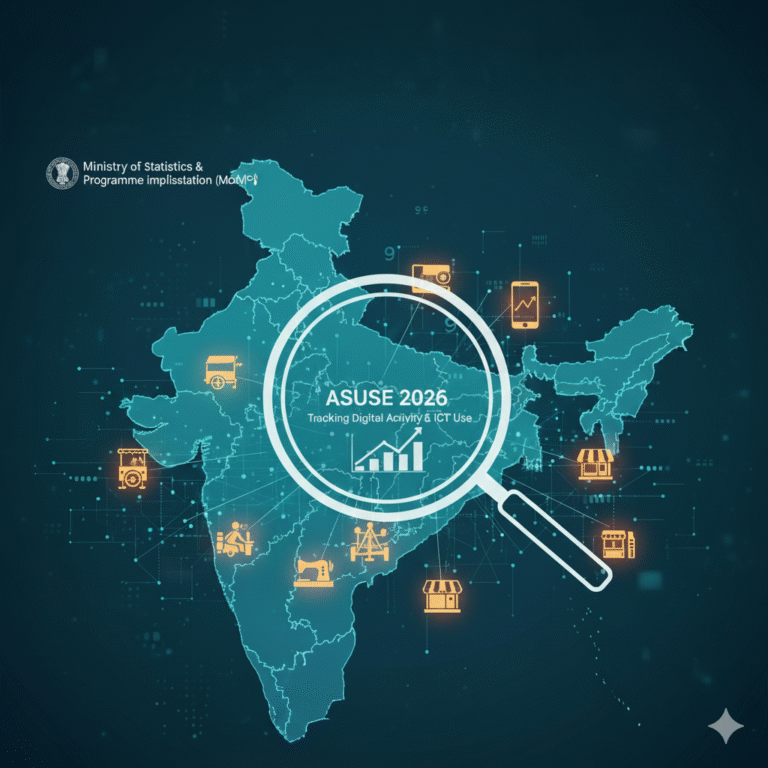
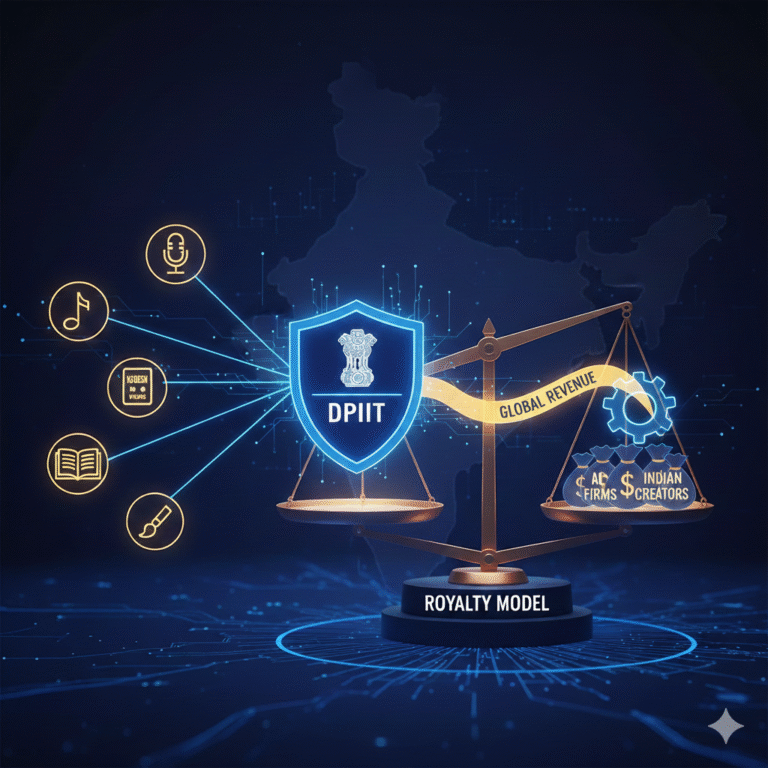
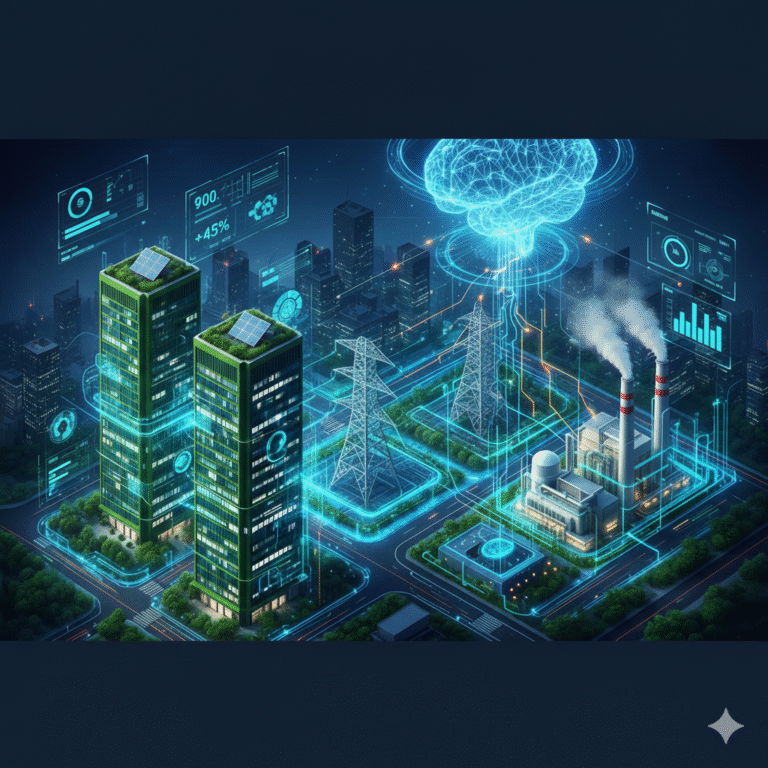

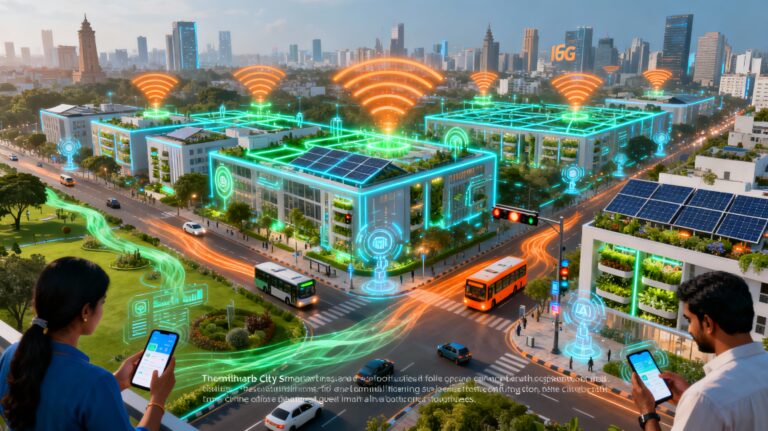
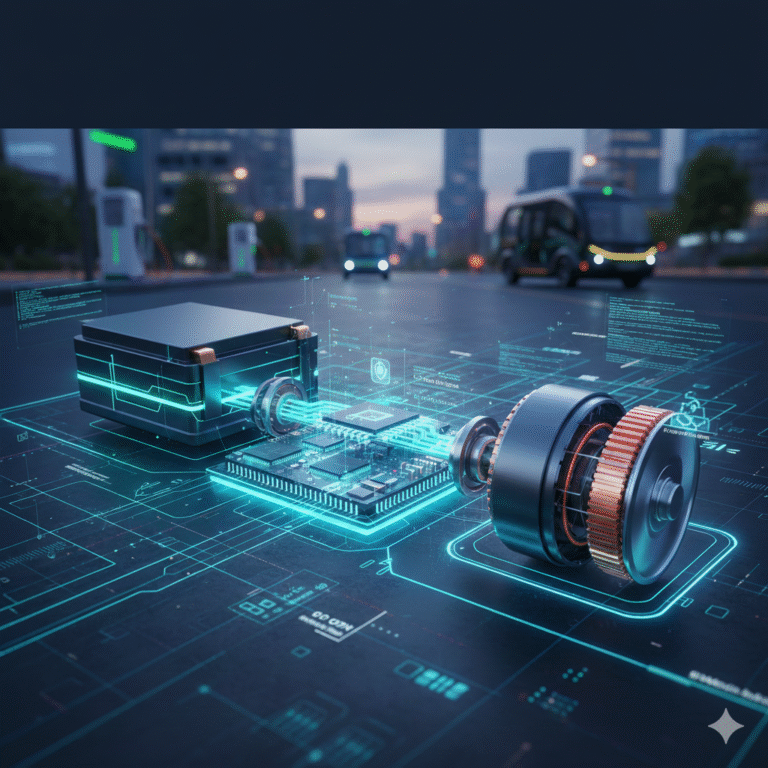
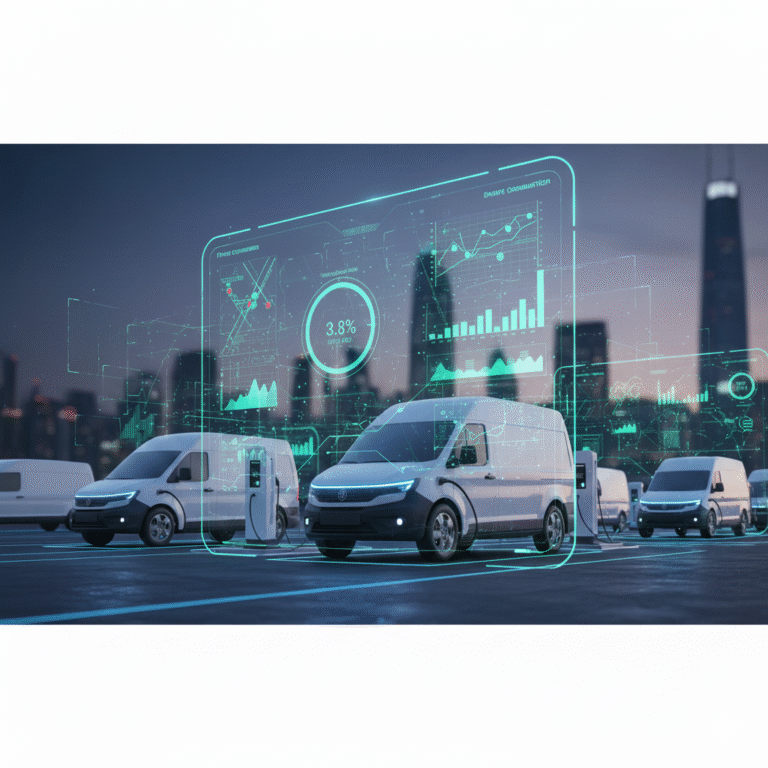
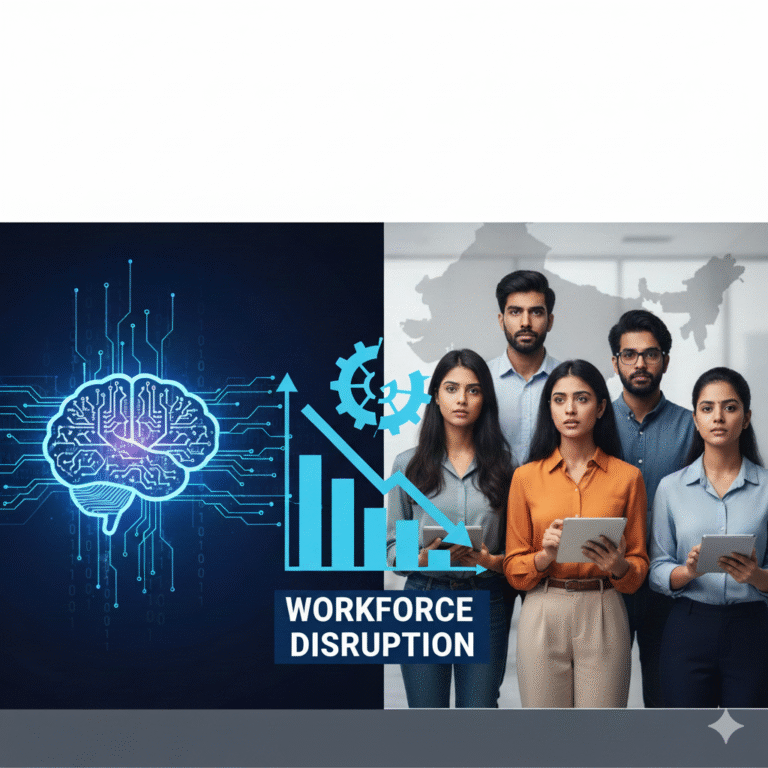
+ There are no comments
Add yours